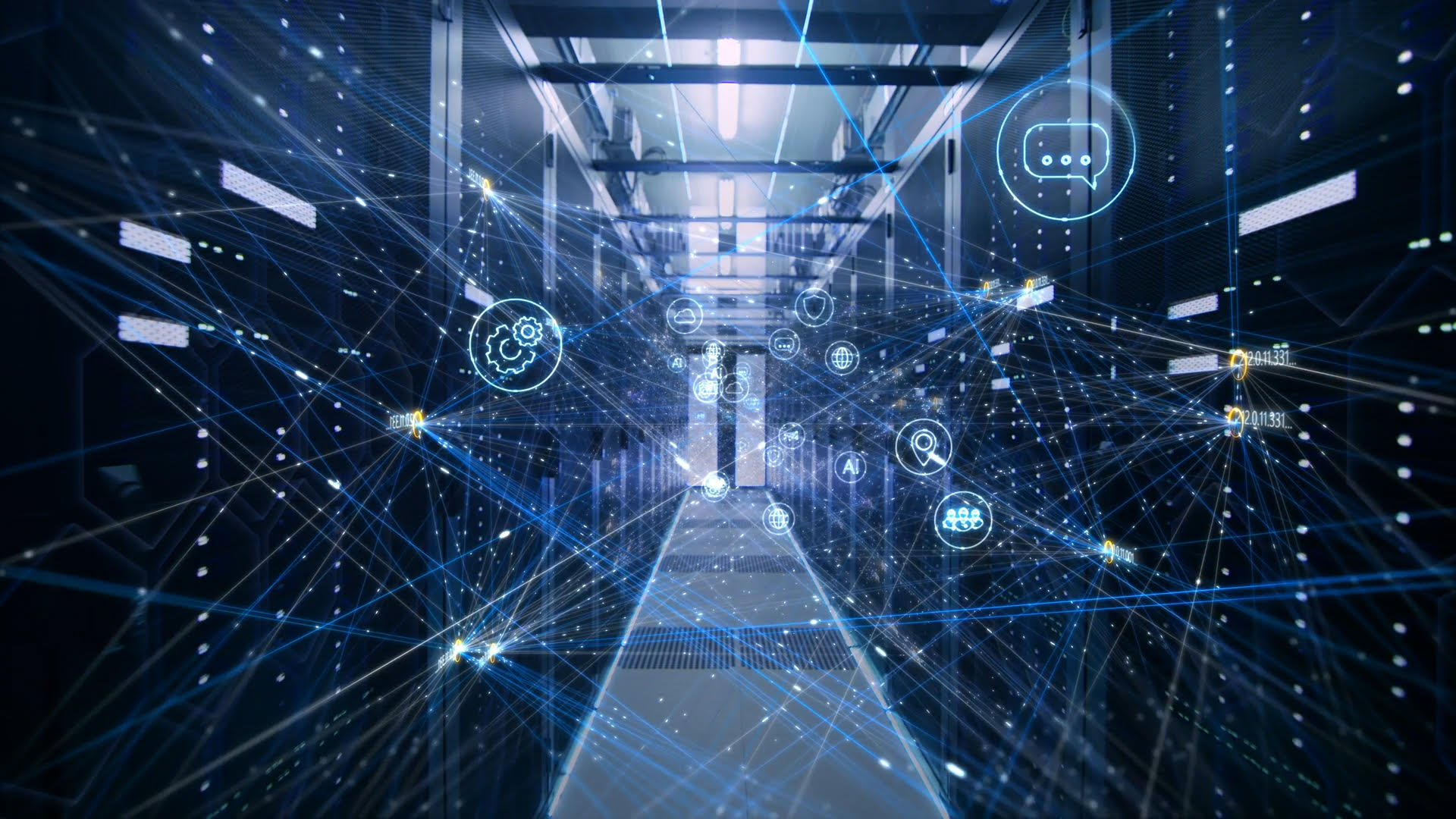English mathematician Alan Turing introduced the concept of a thinking computer in a paper in 1950, and American computer scientist John McCarthy coined the term “artificial intelligence” (or AI) during the Dartmouth Conference in 1956[1]. For a while, the idea of thinking machines was confined to the realms of science fiction, but recent gains in computational power and data access have made AI the most disruptive technology of the 21 century. The influence of AI has permeated numerous historically human activities, including farming, manufacturing, commerce, transport, medical care, rescue, and education[2]. AI is capable of analyzing ever-growing volumes of data in ever-shortening times, and has also become capable of generating creative ideas. The Creativity Machine, developed by Stephen Thaler in 1994, was the first known machine that generated an invention resulting in the US Patent No. 5,852,815[3]. The Invention Machine created by John Koza in 1995 created an invention described in US Patent No. 6,847,851. Thaler and Koza named themselves the inventors and did not disclose the involvement of AI to the Patent Office.
The American patent law system was praised by Abraham Lincoln as one of the three great advances in world history[4].However, the system is facing significant conceptual challenges with the advancement of artificial intelligence. Under current legal system, patents are granted to inventors who contributed to the conception of the invention. Conception is defined as a “formation in the mind of the inventor, of a definite and permanent idea of the complete and operative invention,” a clearly human-centric concept[5]. The Federal Circuit has repeatedly ruled that to be deemed to “perform this mental act, inventors must be natural persons and cannot be corporations or sovereigns”[6].
So, who is the inventor when the creative idea is produced by artificial intelligence? Under the current legal framework, it is not the programmer because (s)he did not conceive the creative idea produced by the computer and may not even know the problem posed to the computer by the user. It is not the user, who also did not personally come up with a solution. Accordingly, under the current legal framework there can be no patent for an invention generated by AI because no “natural persons” conceived the invention.
In some fields, expensive developments do not happen without patent protection. The prospects of obtaining lucrative license agreements or a competitive advantage provide strong economic incentives to innovate and to patent inventions. The goal of the patent system is to provide these economic incentives, and there is ample evidence that the U.S. patent system has been working as intended. The rise of AI will force us to reevaluate our definitions and criteria for patentability in the near future.
Despite the uncertain future of patentability of
AI-generated inventions, many firms are invested heavily in the development of
AI systems. As of March 3, 2019, there were at least 127 start-up companies
focused on application of AI in drug discovery[7].
Sanofi signed a $300 million dollar deal with Exscientia. The VC firm
Andreessen Horowitz launched a $450 million dollar fund focused on applications
of AI in drug discovery. Recognizing the insufficiency of the current legal
system in addressing AI, the United States Patent and Trademark Office held a
meeting on “Artificial Intelligence: Intellectual Property Policy
Considerations” on January 31, 2019. Possible considerations include changing
the law to allow listing AI as the inventor or listing no inventors on the face
of the patent, or changes to the law of obviousness. While no solutions were
developed at the meeting, the growing recognition of the issue is the first
step to developing new laws to meet the challenges created by advances in
technology.
[1] Exec. Office of the President Nat’l Sci. and Tech. Council Comm. on Tech., Preparing for the Future of Artificial Intelligence (2016.)
[2] European Parliament resolution of 16 February 2017
[3] Ryan Abbott, “I Think, Therefore I Invent: Creative Computers and the Future of Patent Law”, B.C.L. Rev. 57(4), 1079 (2016)
[4] Abraham Lincoln, “Second Lecture on Discoveries and Inventions” at the Phi Alpha Society of Illinois College at Jacksonville (February 11, 1859), https://www.thenewatlantis.com/publications/second-lecture-on-discoveries-and-inventions
[5] Hybritech Inc. v. Monoclonal Antibodies, Inc., 802 F.2d 1367, 1376 (1986).
[6] University of Utah v. Max-Planck-Gesellschaft Zur Forderung Der Wissenschaften EV, 734 F.3d 1315, 1323 (Fed. Cir. 2013); see also Beech Aircraft Corp. V. Edo Crop., 990 F.2d 1237, 1248 (Fed. Cir. 1993) (“[O]nly natural persons can be ‘inventors.’”); New Idea Farm. Equip. Corp. v. Sperry Corp., 916 F.2d 1561, 1566 n.4 (Fed. Cir. 1990) (“people conceive, not companies”).
[7] https://blog.benchsci.com/startups-using-artificial-intelligence-in-drug-discovery










